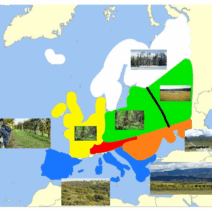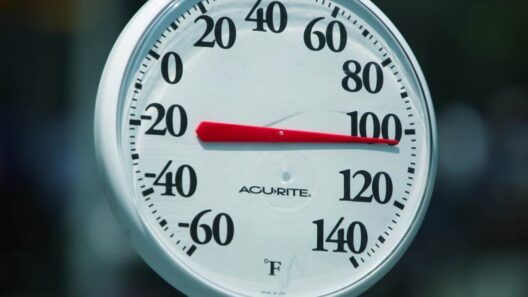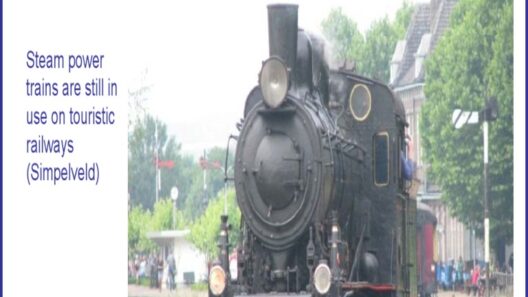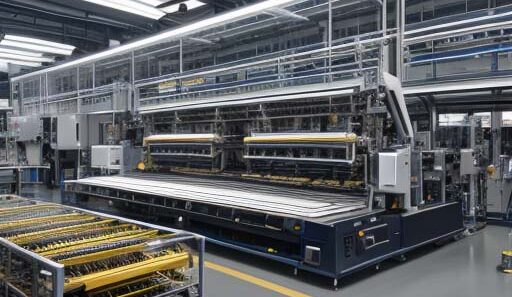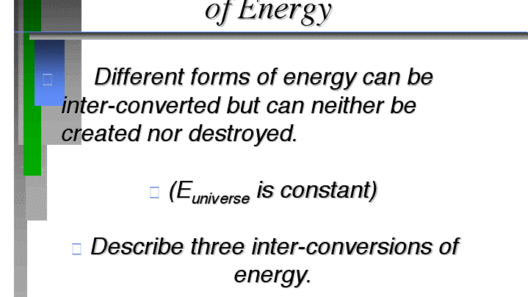The essence of energy conservation in communities can be likened to the practice of sailing a ship. Each member of the crew must pull together, adjusting sails and steering in unison to navigate the turbulent waters of energy consumption. Just as a vessel can harness the wind effectively, communities can collaborate to conserve energy, fostering a profound impact on both the environment and local economies.
This synergy begins with awareness. Education is the wind that fills the sails of a community’s energy-saving endeavors. Workshops, seminars, and outreach programs serve as channels to disseminate knowledge about energy-efficient practices. When local leaders and environmental organizations step forward to inform residents about the benefits of energy conservation—be it through reduced bills or environmental sustainability—they create an informed populace ready to act. A ripple effect occurs: as individuals learn, they share insights within their networks, cultivating a culture of energy mindfulness.
Further, communities can establish energy cooperatives. Much like a collective bank, these entities enable members to pool resources and invest in renewable energy sources, such as solar panels or wind turbines. By harnessing collective purchasing power, communities can often access discounts and incentives unavailable to individuals. This collaborative approach not only reduces costs but also galvanizes community spirit, as members contribute to a shared goal, akin to rows of corn in a field standing tall together against the wind.
Moreover, community parks or common spaces can transform into epicenters of energy conservation initiatives. By installing solar lighting or energy-efficient appliances in these public areas, localities demonstrate the feasibility and benefits of sustainable practices. These spaces can function as living laboratories, where residents can observe the effects of energy-saving technologies firsthand. Such visibility can spur action; when people witness the advantages of solar energy, they may be inclined to adopt similar measures within their homes.
Transportation is another arena where communities can unite in their quest for energy conservation. Collaborative carpooling initiatives can significantly diminish the carbon footprint associated with daily commutes. Local governments or organizations can facilitate these programs through apps or dedicated platforms, making it easier for individuals to connect with neighbors who share similar routes. By reducing the number of vehicles on the road, communities not only conserve energy but also alleviate traffic congestion, enhancing overall quality of life. Just as a river flows more smoothly when its tributaries combine, so too do carpooling efforts create a more efficient transportation system.
In addition, community gardening initiatives can serve as a powerful metaphor for energy conservation. By cultivating organic gardens, neighborhoods can reduce reliance on transport-intensive food sources. Homegrown produce minimizes the carbon footprint associated with the agricultural supply chain, while also offering residents fresh and healthy options. Community gardens foster collaboration, as neighbors come together to share the workload, and they produce tangible benefits: nourishing food and stronger social bonds. This initiative exemplifies how energy conservation can manifest in the fabric of daily life.
Moreover, local governments can play a pivotal role by establishing energy-saving regulations and incentives. Zoning laws that promote energy-efficient buildings can revolutionize the architectural landscape of a community. Communities can advocate for retrofitting old structures with insulation and energy-efficient windows, thus reducing energy waste. When municipalities lead by example, they instill confidence in residents, showcasing the achievable nature of energy efficiency. As residents witness tangible changes brought about by local policies, they may be spurred to adopt similar practices in their personal lives.
Community events also offer a platform for collective energy conservation efforts. Festivals, fairs, or clean-up days can incorporate energy-saving challenges or rewards, such as competitions for the most energy-efficient home or business. By framing energy conservation as a community goal enriched with camaraderie and friendly competition, participation may increase, igniting enthusiasm for sustainable living. These gatherings can capitalize on unique local characteristics, intertwining cultural expression with the overarching mission of energy conservation.
Digital engagement channels must not be overlooked. Communities can harness social media platforms to share tips, success stories, or even real-time energy consumption metrics. Through engaging content, residents can exchange strategies for conservation, turning digital interactions into real-life energy-saving missions. Visual storytelling, such as infographics or video snippets, can encapsulate the transformative impact of communal efforts while widening the reach of educational content.
As communities embark on this collective journey towards energy conservation, they must remain cognizant of inclusivity. Ethnically, economically, and socially diverse participation strengthens initiatives by weaving varied perspectives and experiences into the fabric of energy conservation strategies. Ensuring that every voice is heard and valued creates a robust foundation for sustainable practices to flourish. When all members feel empowered to contribute their ideas and solutions, the community’s energy-saving efforts become holistic and far-reaching.
In conclusion, energy conservation is not solely the responsibility of individual households but rather a communal endeavor. By acting together, communities can weave a tapestry of sustainable practices that reduce energy consumption and foster a profound connection among residents. The journey may resemble sailing a ship through challenging waters, yet with each synchronized stroke of the oar, the collective power of the community emerges as a significant force for positive change. Embracing awareness, collaboration, innovation, and inclusivity, communities can chart a course towards a more energy-efficient and resilient future, for themselves and generations to come.

